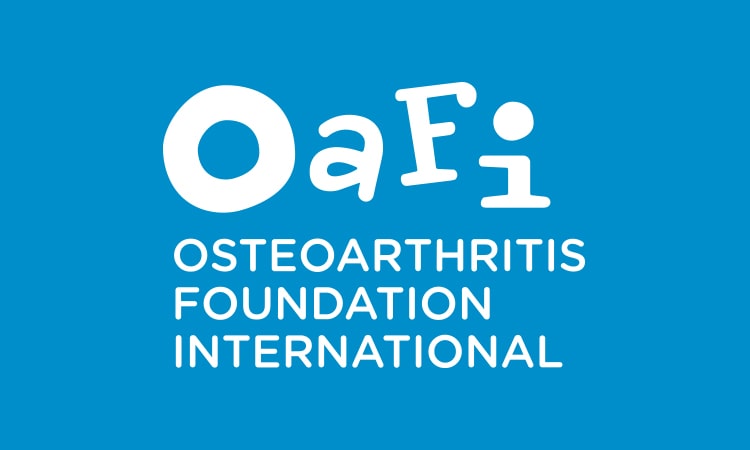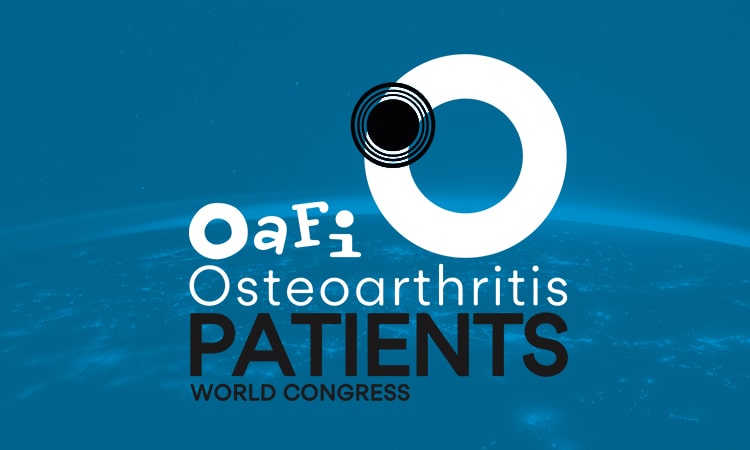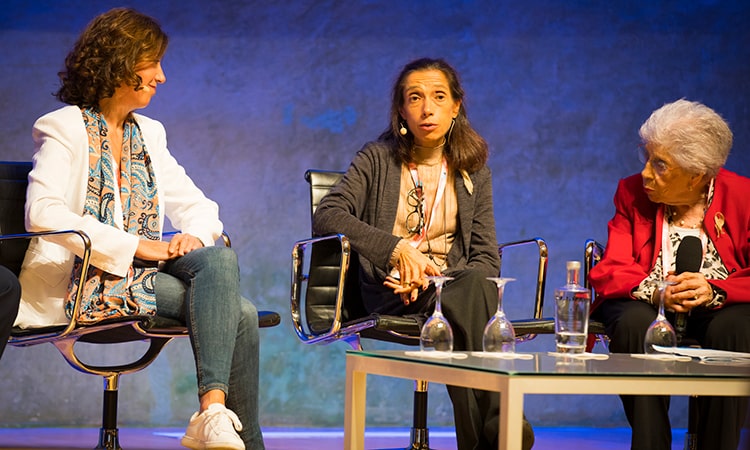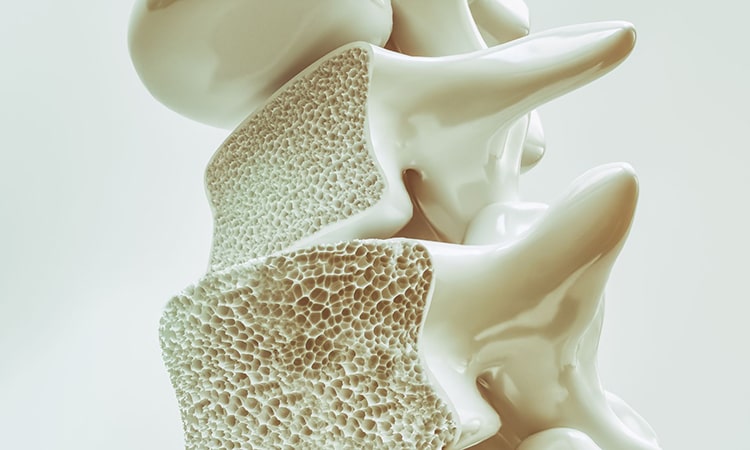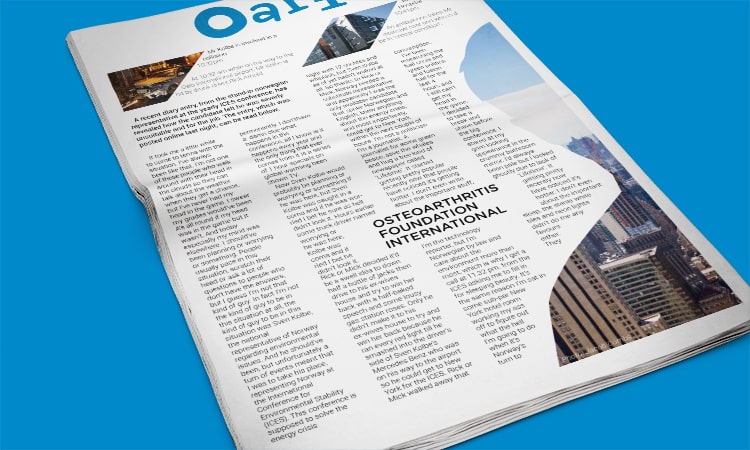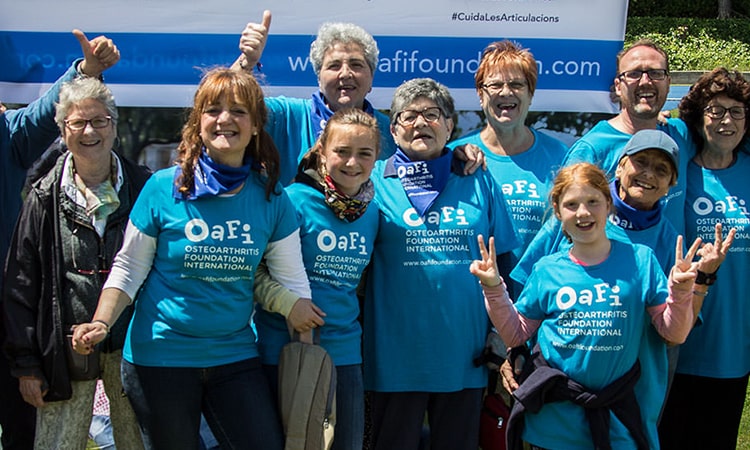- Foundation
- Actions
- Osteoarthritis
- Osteoporosis
- Actuality
- OAFI Radio/TV
- Get Involved
- Contact
-
-
-
OAFI
Osteoarthritis International FoundationC/ Tuset, 19 · 3º 2ª
08006 Barcelona
(+34) 931 594 015
info@oafifoundation.comSchedule:
Monday-Thursday 9AM-6PM
Friday 8AM-3PM
-
-
-

-

-

Sarcopenia: Don’t let your muscles retire before their time!

- Sarcopenia (muscle mass lost) not only affects physically, but also has an impact on mental and social health. Keeping active and with the right habits is essential.
Article by Jose Luís Baquero, Marina Baquero, Nieves de Gabriel, Marta Garcia Manrique, Nina Martínez, Sandra Toril and Josep Vergés.
Sarcopenia
Sarcopenia and osteoarticular health are closely related, and both circumstances add up, affecting mobility, independence and quality of life, among other important aspects.
Sarcopenia is characterised by the progressive loss of muscle mass and strength. In Spain, around 5 million people are diagnosed with sarcopenia (less than the number of people actually affected), which is responsible for physical disability, loss of function and even mortality.
The causes of sarcopenia are diverse and some are associated with the natural ageing process. From the age of 40-50, muscle mass decreases by approximately 1% – 2% per year, and this loss accelerates to 3% after the age of 60. This reduction is accentuated by a sedentary lifestyle, which also tends to increase with age. On the other hand, various endocrine changes associated with age, such as reduced testosterone and oestrogen levels or increased insulin resistance, favour protein catabolism. Reduced protein intake, which is common in older people, also contributes to the lack of elements necessary for muscle generation and regeneration.
This explains why 25% of people over 70 and 50% of people over 80 suffer from sarcopenia.
Sarcopenia and comorbidities:
Sarcopenia affects osteoarticular health, as it is affected by muscle weakening. In patients with osteoporosis, there is an increased risk of brittle bone fracture, as they do not contribute to the stability of the body and protection of the bone structure. In the case of patients with osteoarthritis, the lack of muscle support contributes to cartilage wear and tear. Furthermore, we know that bone and muscle are interrelated and communicate with each other through endocrine and paracrine mechanisms, so that changes in bone mass affect muscle mass and vice versa.
It is important to note that, according to the Ministry of Health, in Spain 30% of people over 65 years of age suffer at least one fall per year, a percentage that increases to 50% in people over 80 years of age. In fact, in our country, a fragility fracture occurs every 2 minutes.
These three pathologies, sarcopenia, osteoporosis and osteoarthritis, often have no symptoms in their initial stages, which delays their diagnosis until a serious injury occurs, such as bone fractures or loss of mobility, chronic pain, and other associated pathologies (hypertension, cardiovascular diseases, overweight, obesity, diabetes, mental health problems, etc.), which affect 60% of people over 65 years of age.
Chronic pain associated with osteoarticular diseases contributes to a decrease in mobility, increasing sedentary lifestyles and favouring the development of sarcopenia, as well as generating significant healthcare costs and a negative impact on quality of life.
How to deal with Sarcopenia?
It is crucial to remember that sarcopenia not only affects physically, but also affects the mental and social health of those who suffer from it, as the loss of autonomy can affect independence, self-esteem and interpersonal relationships, which is often accompanied by stress, frustration, anxiety and even depression, creating a vicious cycle of; leading to isolation.
Addressing sarcopenia not only improves physical quality of life, but is also key to maintaining optimal mental health.
It is important to make an early and correct diagnosis of sarcopenia. This involves identifying patients at risk, recognising common associated symptoms (frailty, falls, weight loss), testing muscle mass and strength, and assessing physical performance.
Prevention and treatment require a comprehensive and continuous approach, combining healthy habits such as personalised exercise, nutrition and even supplementation, as well as the treatment of diseases that may be the cause of sarcopenia. It requires multidisciplinary work involving family doctors and other specialists, nurses, physiotherapists, pharmacists, physical activity and sports professionals, nutritionists, psychologists, etc., always involving the patient and his or her environment, which is considered essential.
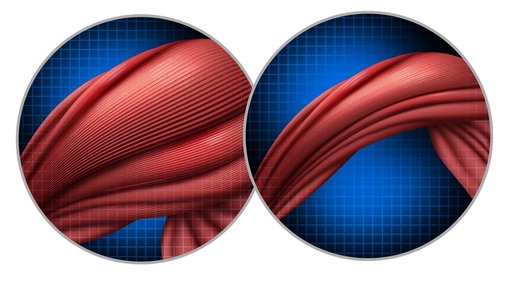
Key points!
- Instruct people from an early age in healthy habits so that they practice responsible self-care.
- Avoid a sedentary lifestyle by taking regular exercise appropriate to their ability and physical condition. This should include aerobic exercise (such as walking, swimming, cycling), strength and endurance (with weights, rubber bands or own body weight), balance and coordination, as well as stretching and flexibility (such as tai chi, yoga and pilates).
- Sufficient protein intake in the diet, estimated to be around 1-1.2 g/kg body weight. It is recommended to obtain protein from a variety of sources such as lean meats, fish, eggs, dairy products, pulses and nuts, supplementing if necessary. Maintain a rich and varied diet of green leafy vegetables, seeds, dairy products, whole grains, nuts, mushrooms, etc., to ensure a supply of calcium, magnesium and selenium, assessing the need for supplementation.
- Dietary supplementation is a valid option to optimise intake of high-quality, complete proteins: for example, whey proteins. These are especially effective when combined with creatine monohydrate and amino acids such as branched-chain amino acids and one of the metabolites, β-hydroxyl methyl butyrate (HMB), which has been shown to attenuate loss of muscle mass and strength, and to promote protein synthesis without increasing nitrogen intake.
Other key nutrients:
- Omega 3: Consumption from natural sources such as oily fish, nuts, seeds and avocado is recommended. If necessary, supplements can be taken.
- Collagen: Contributes to joint and muscle health, promoting mobility and maintenance of physical activity.
- Vitamin D: Essential for calcium absorption and bone health, as well as helping to prevent muscle weakness, especially in the elderly.
However, the intake of carbohydrates should be taken into account and is not recommended in certain patient profiles.
This dietary approach is particularly effective when combined with strength training.
5. Hydration: maintaining adequate hydration is essential for proper muscle function and overall health.
6. Chronic disease management: Proper management of chronic diseases such as diabetes, cardiovascular diseases, respiratory diseases and mental disorders is essential, as they can affect nutrient intake and in some cases lead to chronic pain that limits mobility.
7. Mental health and emotional well-being: practising self-management and well-being techniques, together with adequate psychological and emotional support, is key to preventing the negative impact of sarcopenia on mental health. Occupational tasks and support networks can be essential to maintain motivation and autonomy. In addition, staying connected with friends and family helps to combat isolation, anxiety and depression.
8. Reducing harmful habits: Avoiding or reducing tobacco use and alcohol, both of which can accelerate muscle loss and negatively affect bone and general health.
9. Raise awareness among health professionals and administrations of the need to recognise sarcopenia as a serious and increasingly prevalent pathology. To this end, guidelines for prevention, early detection and treatment should be developed, promoting a multidisciplinary and integrated approach that facilitates its effective management.
At OAFI we continue to work to improve the approach and the quality of life of all people suffering from osteoarticular pathologies., many of them with associated comorbidities. You can contact us in Barcelona, c/ Tuset, 19- 3º 2ª; telephone: 931 594 015 and e-mail: info@oafifoundation.com; or visit our website https://www.oafifoundation.com/ .
Sarcopenia not only affects physical health, but also has an impact on mental and social health. Keeping active and with the right habits is essential.
Article by Jose Luís Baquero, Marina Baquero, Nieves de Gabriel, Marta Garcia Manrique, Nina Martínez, Sandra Toril and Josep Vergés.
